People
18 Female Artists Give Advice to Women Starting Out in the Art World
"Try to get past the desire to have everyone like you," and more words of advice.
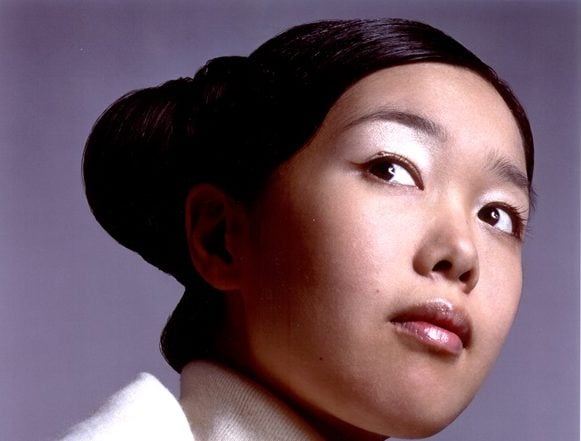
"Try to get past the desire to have everyone like you," and more words of advice.

Eileen Kinsella

It’s no secret that the extraordinarily competitive contemporary art world can be an especially tough place for female artists to navigate.
The gap in gender equality ranges from the not-so-subtle dominance of male artists at gallery and museum shows to the outright misogyny of an artist like Georg Baselitz, who has openly stated, “it’s a fact that very few of them succeed,” when referring to female artists. Amid much-hyped headlines about works that have broken the $100-million mark at auction—10 artworks to date—not a single one is by a female artist.
“Unfortunately, there is no gender equity anywhere right now—and the art world is no exception,” said Janice Sands, executive director of Pen and Brush, a nonprofit space started in 1893 that offers female writers and artists a space to create and show their work. “Many young women artists who are going out there and really trying to make a living at this may not be thinking about gender at all,” said Sands. “They are thinking about whether they can find a gallery to show their art, get representation, sell their work.”
With this often discouraging contemporary art world backdrop in mind, we sought the advice—and inspiration—of a group of established female artists to see what crucial wisdom and tips they would impart to the next generation.
Sands says: “This is the reality that exists, but we hope that we can do something about it.”

Sarah Morris. Photo by Wendy Bowman
1. Sarah Morris
In Howard Hawk’s Scarface, Tony Montana points to a sign that says “The World is Yours.” You have to change the name on the door.
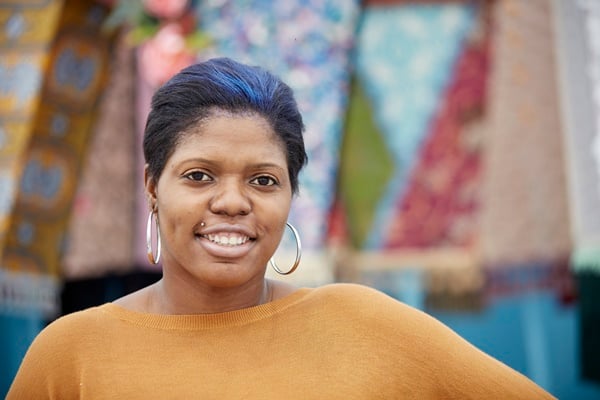
Ebony G. Patterson. Courtesy of the artist and Monique Meloche Gallery, Chicago.
2. Ebony G. Patterson
Being an artist is not a sprint, it’s a marathon. Give yourself time; be patient. Maintain commitment and critical engagement in your practice. Work hard and work even harder when you are not satisfied. In those moments of displeasure you must allow the love of making to propel you forward.
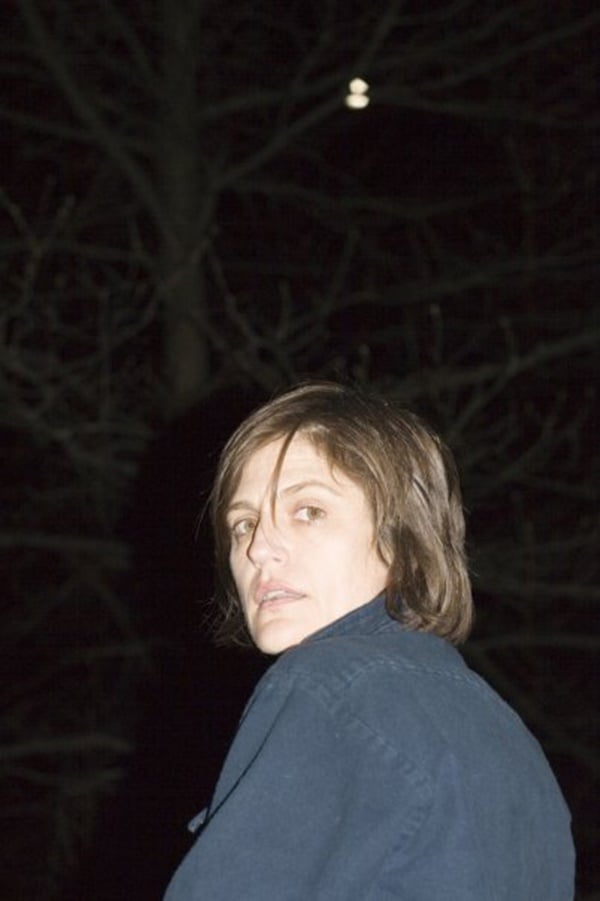
Dana Hoey. Courtesy of the artist.
3. Dana Hoey
Take nothing personally (even when it’s personal). Learn to take and use criticism. Protect your work. Make your work.
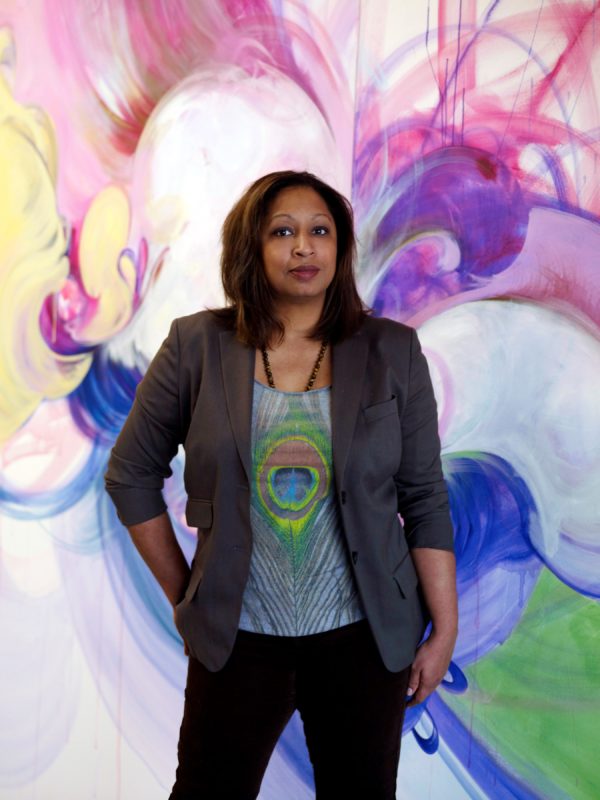
Shinique Smith. Courtesy of the artist.
4. Shinique Smith
To my fellow female artists coming up in the art world: Be clear and sincere about your work, and believe in your value, because if you don’t, it makes it difficult for others to believe. Always offer support and encouragement to your peers, the women who came before you and those who will come after you.
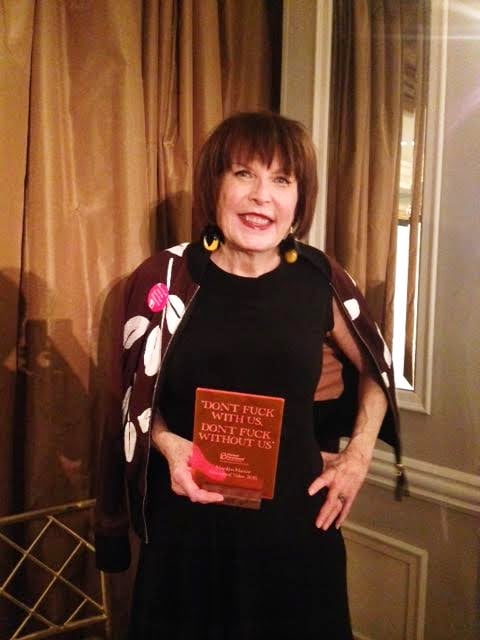
Marilyn Minter. Photo by Sarah Cascone.
5. Marilyn Minter
Find your strengths and develop them! Don’t waste your time trying to do things that don’t come easy to you.
Go with your gut, even if it goes against all rational thinking.

Nyeema Morgan Photo by Leslie Hewitt. Courtesy of the artist.
6. Nyeema Morgan
My first thought is what would I tell myself if I had to start from the beginning of my career. There is so much to be said, so many caveats. I think in this cultural moment one of the greatest detriments to a young artist’s creative practice is conformity. The desire to be desired, to be ‘liked’, for every utterance to be acknowledged and lauded.
It would be too easy and expected to accept the rewards of self-exploitation. Resist. Contrary to popular belief it is not an enriching practice of feminist empowerment. Instead, cultivate a critical mind. Always ask questions of yourself, your work and the world around you. Learn to embrace challenge and avoid settling into a way of working that is too comfortable. This doesn’t mean your should live in a place of agony.
Do not torture yourself, but find the joy in what you are making, dismantling, and discovering.
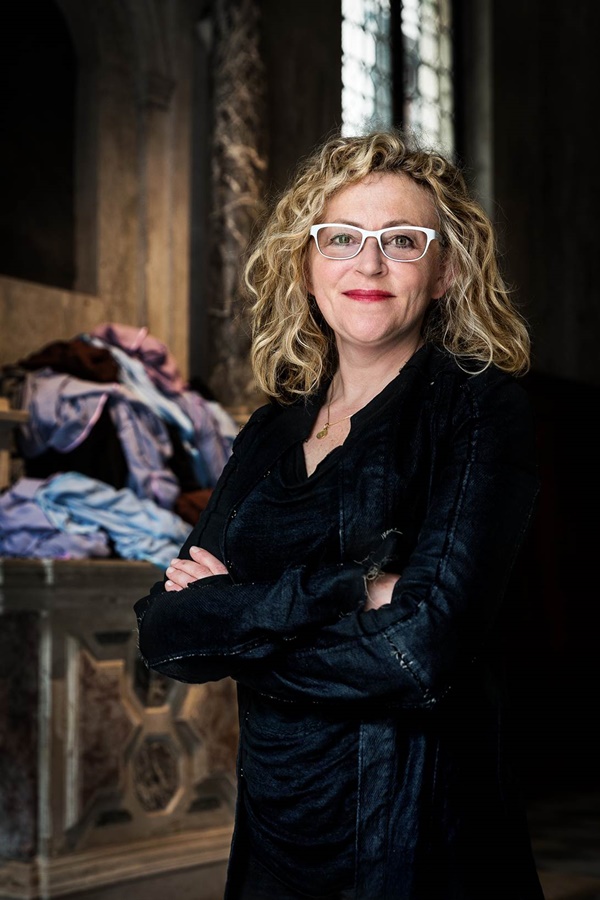
Patricia Cronin. Photo by Mark Blower.
7. Patricia Cronin
March to your own drummer, don’t follow the crowd, focus on making art history, don’t focus on the market (they’re only interested in boys anyway) and be the best advocate for your work. Eyes on the Prize.
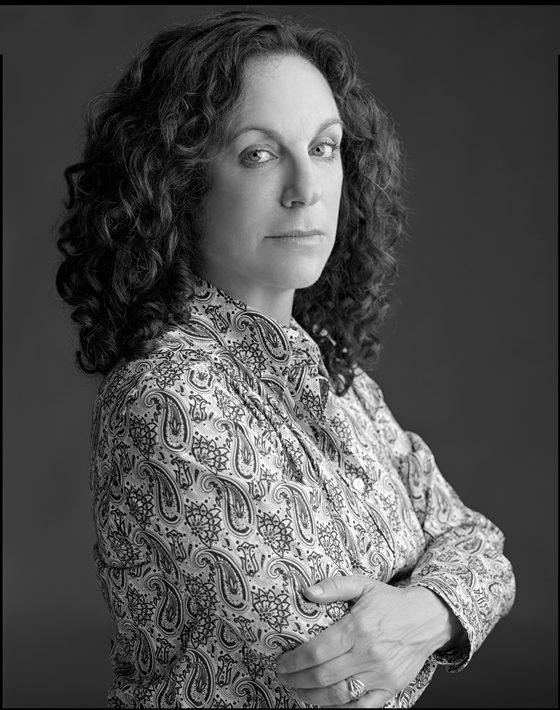
Deborah Kass. Photo courtesy of Timothy Greenfield-Sanders
8. Deborah Kass
Always go towards the love.
Find a community.
Get rid of negative friends.
Don’t be a dick.
Stick to your guns.
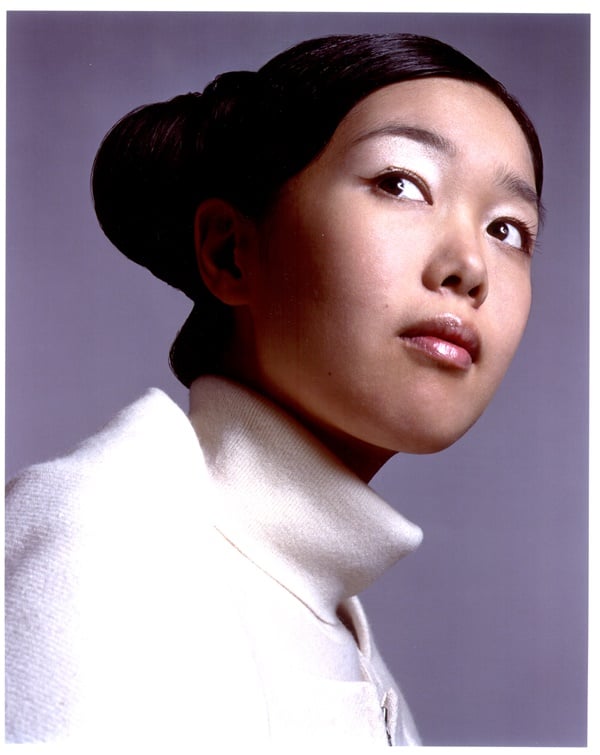
Mariko Mori. Photo courtesy of David Sims.
9. Mariko Mori
Never compare your career with other artists. Concentrate on developing your work and believe in yourself. The necessary path to grow as an artist is all different and unique. Trust in your path as every moment is a gift to strengthen your creativity.

Adrian Piper, Automatic Self Portrait (2011). Courtesy of the artist.
10. Adrian Piper
First, you should be clear about what you are aiming for: (1) public approval, (2) commercial success, or (3) art-historical significance. These three are not necessarily mutually exclusive, and there is nothing wrong with any of them. But my remarks address only (3).
The best means to art-historical significance is financial independence. Don’t even think about trying to earn a living from your artwork, or else you’ll start producing the artwork that will earn you a living. A trust fund will divert your energies in a different way. The best means to financial independence is a day job in a different field. Waiting tables, driving a cab, office work, and teaching are traditional alternatives for artists, but the digital revolution opens up many others. All of them will free you to make the work you are most deeply driven to make, regardless of whether or not anyone else likes it or buys it. That’s the work that’s most interesting and important to you. You won’t have time to waste on producing work that doesn’t obsess you.
Your day job will also free you to be selective about what you do in order to promote your artwork, and with whom. It will protect your pursuit of quality. That’s one reliable path to art-historical significance (although of course not the only one).

Laurie Simmons. Photo courtesy of Sebastian Kim.
11. Laurie Simmons
If there is an idea burning a hole in your brain…Get it out, don’t hoard it. If it embarrasses you, even better.
Become the responsible, dedicated custodian of your own work early on, even when you feel like you have no “career”. Some of the most critical work you will do might come at a time when you feel like no one is watching. Don’t focus on the gatekeepers of galleries and institutions for your sense of self worth. No one will do a better job than you of caring for your own work. Have a broad circle of artist friends and look to them for support and approbation. These relationships are powerful and reciprocal.
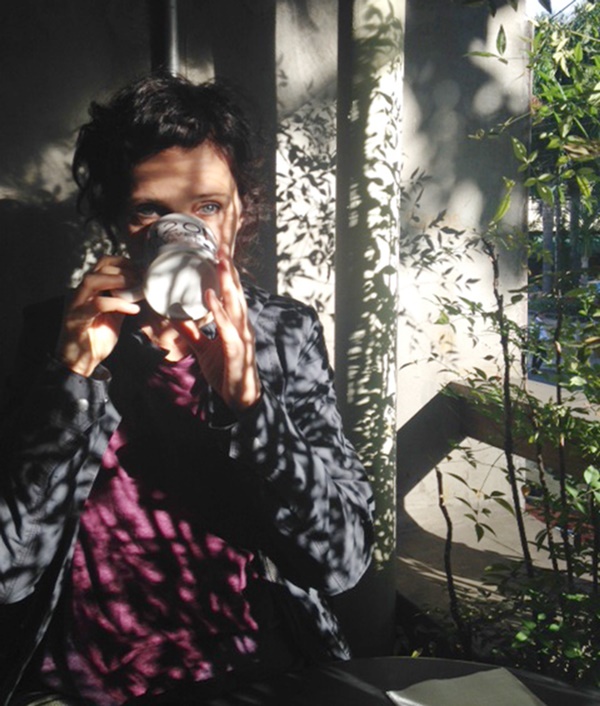
Lucia Koch. Courtesy of Galeria Nara Roesler
12. Lucia Koch
Focus on your work and what you feel you need to do, rather than on what people expect you to do. It’s not about pleasing others. Stand for your work and rest assured that it will have the space, lighting, and the context it needs.
Work hard, think hard, do not get satisfied easily, no matter if you’re a woman or not (a woman artist can give advice to men, too).
Avoid participating in “women artists” shows. They are made to keep us constrained in a category, as if we are not just artists, like men are. Have you seen shows of only male artists? A lot, of course, but it’s not written in the title or part of the curatorial statement.

Pat Steir. Photo by William Steen. Photo by William Steen. Courtesy Dominique Lévy, New York / London.
13. Pat Steir
For 20 years no one looked at or liked my work. Accept feedback, but don’t make changes based on that. Be friends with other women artists your own age, whose work you like and maybe even love.
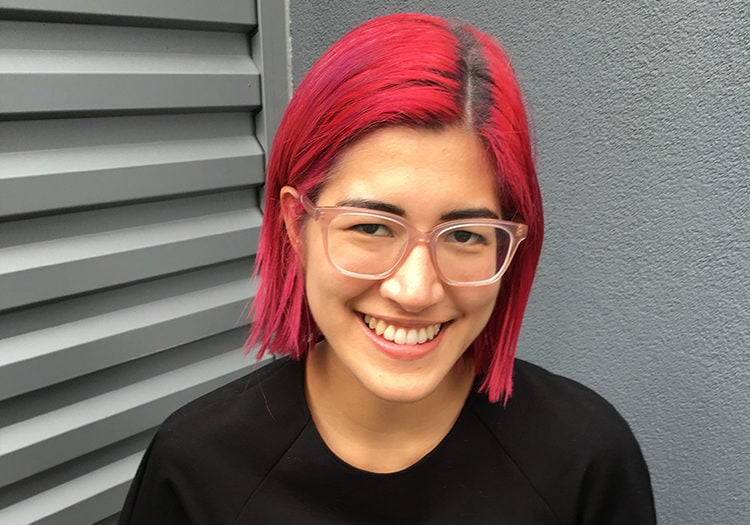
Emma Sulkowicz. Courtesy of Emma Sulkowicz.
14. Emma Sulkowicz
Don’t get competitive with other women artists!
Those who feel the most insecure tend to get competitive with other artists that they identify with or feel similar to. Competitiveness born from insecurity holds so many people back. I truly believe in collaboration with other artists, especially the ones that intimidate you the most. We need artists of all genders to work together!
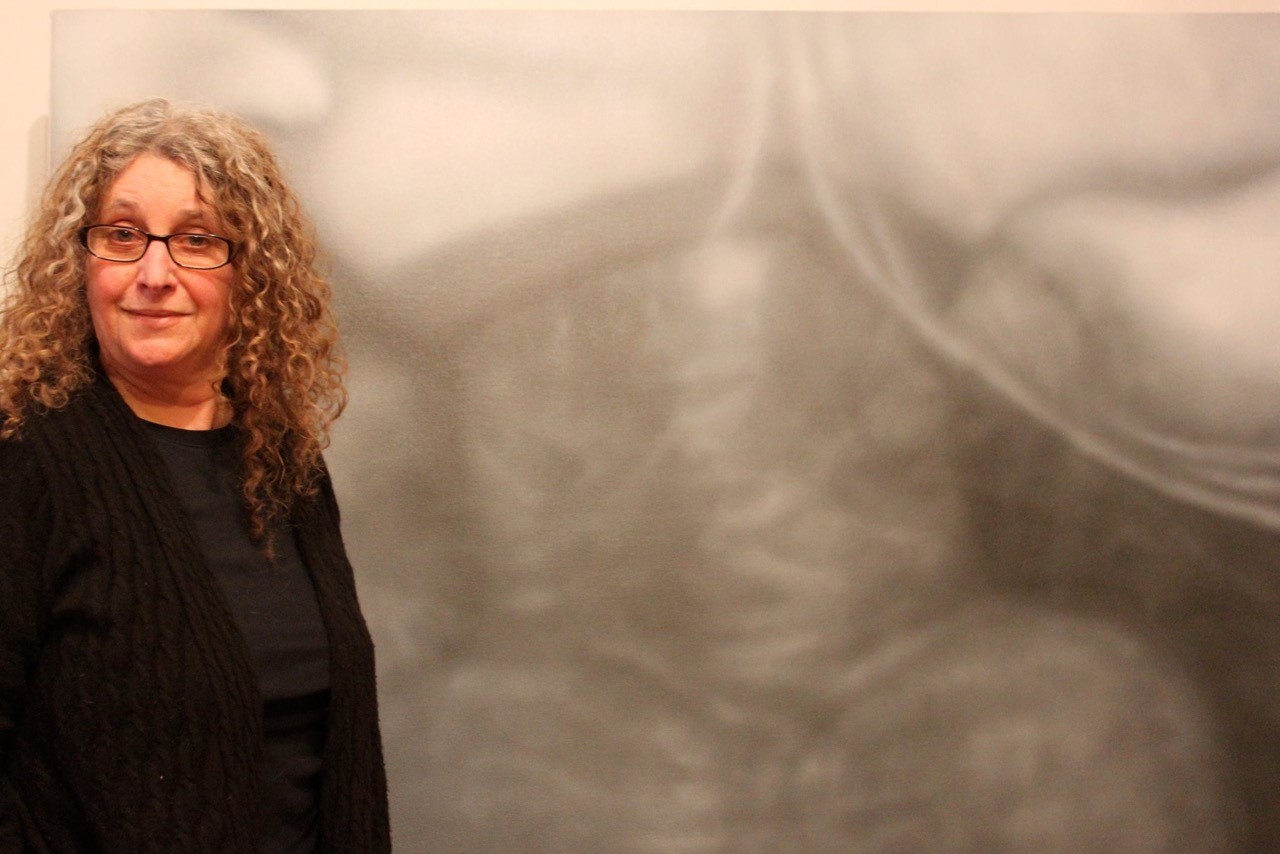
Betty Tompkins. Photo by Ruben Natal-San Miguel
15. Betty Tompkins
The best course of action is to stay true to your self/vision/ideas. Don’t do work to please other people. Don’t try to do what’s trendy. Figure out a way to support yourself independent of sales of your work.
Perseverance is a great quality. Don’t try to get shows or representation until you have already done the work, and when you do get opportunities to show, be positive and prepared.
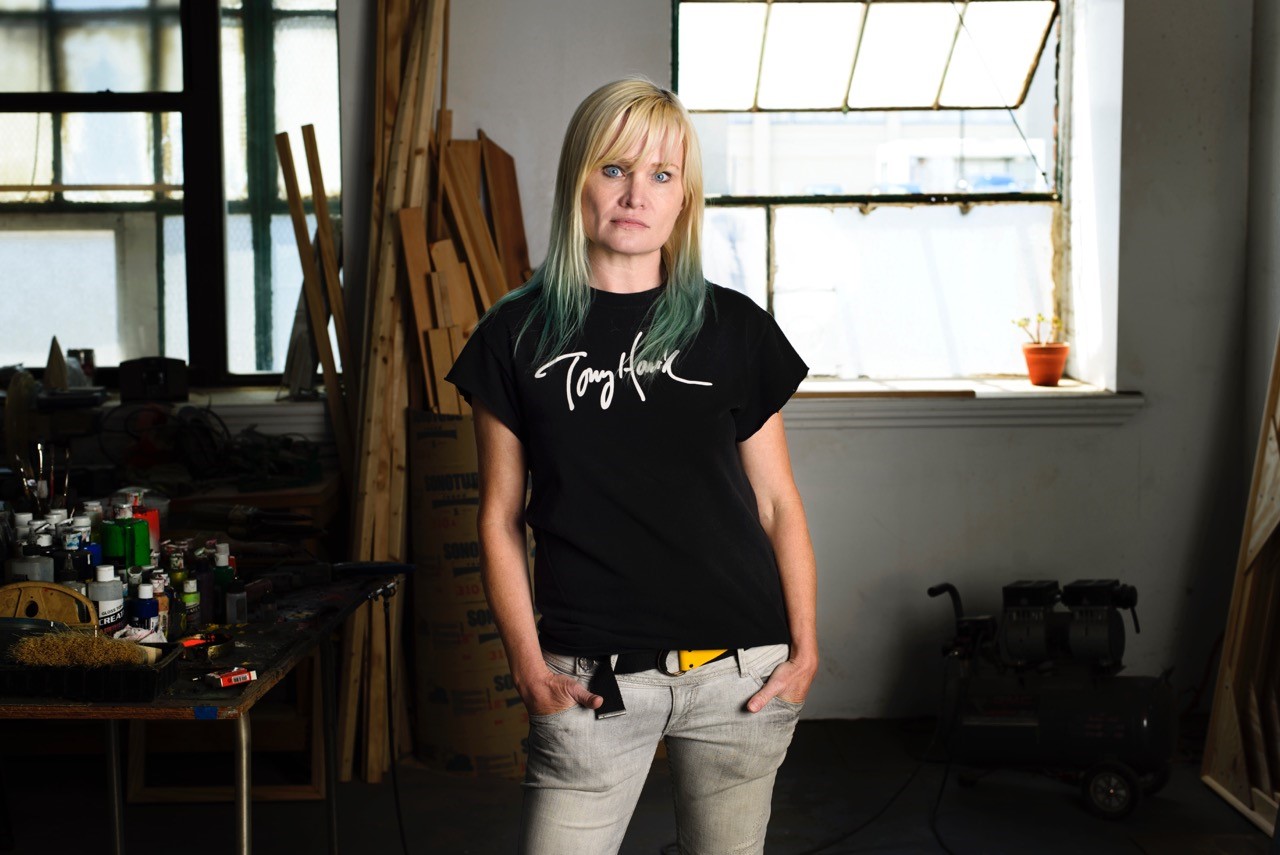
Wendy White. Courtesy of Alex M. Smith.
16. Wendy White
I could say the same old stuff about working your ass off and not giving up, but the truth is the art world will never be a meritocracy anyway.
I think as women, rather than looking at art history as the gold standard, we have to always look forward. Burn it down. Be ruthlessly yourself, find your own heroes, prop up and support the women around you. Also, the thing that bothers people about your work is usually the most original aspect of it, so you should probably do it more.
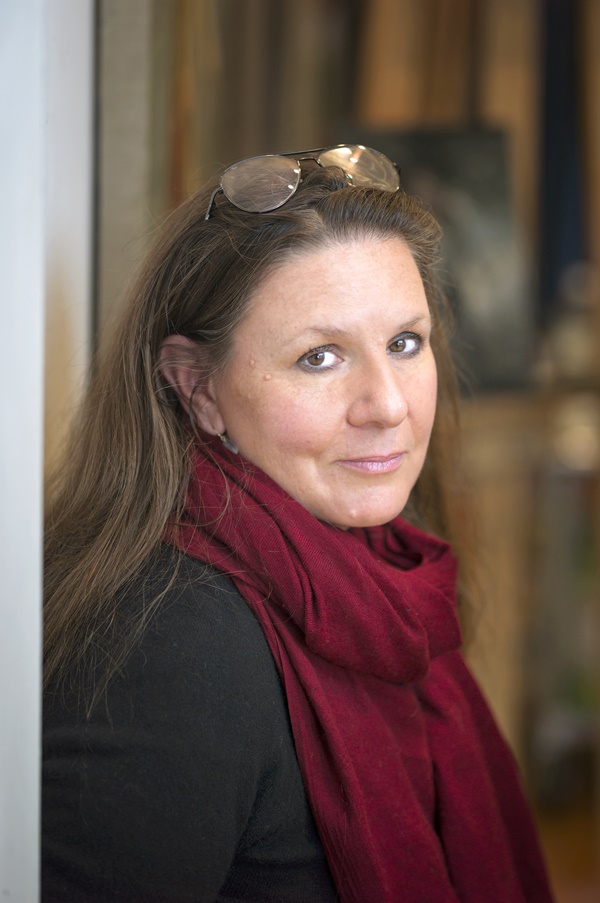
Lisa Yuskavage. Courtesy of David Zwirner Gallery.
17. Lisa Yuskavage
Make art that you want to see that doesn’t already exist. Stand by it regardless of the response. Try to get past the desire to have everyone like you.
All positive feedback is not a good sign. It means you are feeding the views that they already like and not going to change how the world sees.
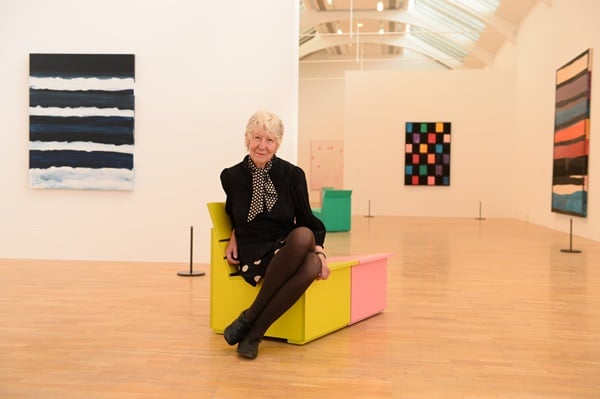
Mary Heilmann ©Matt Crossick
18. Mary Heilmann
Just keep the faith. Don’t give up. Keep on pushin. Love, Mary H.